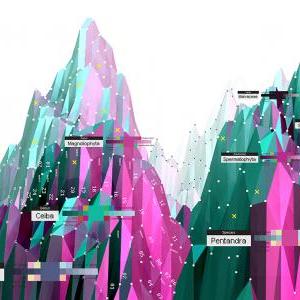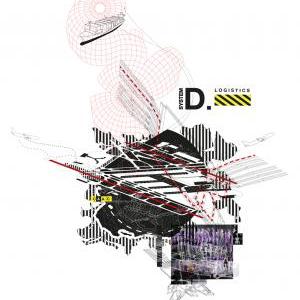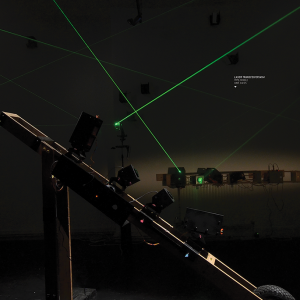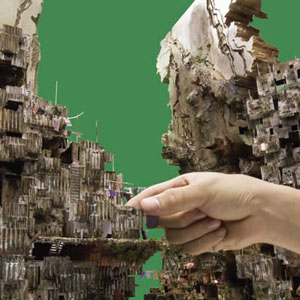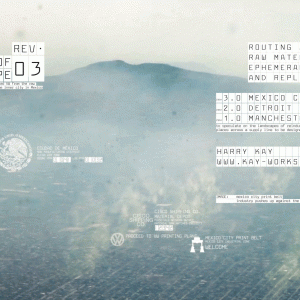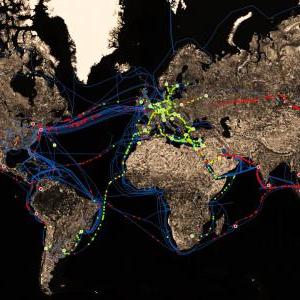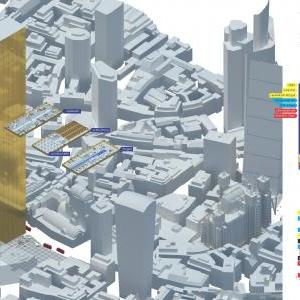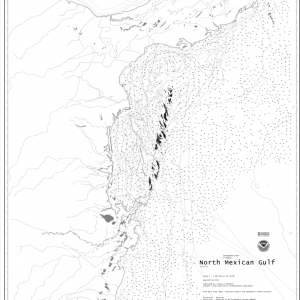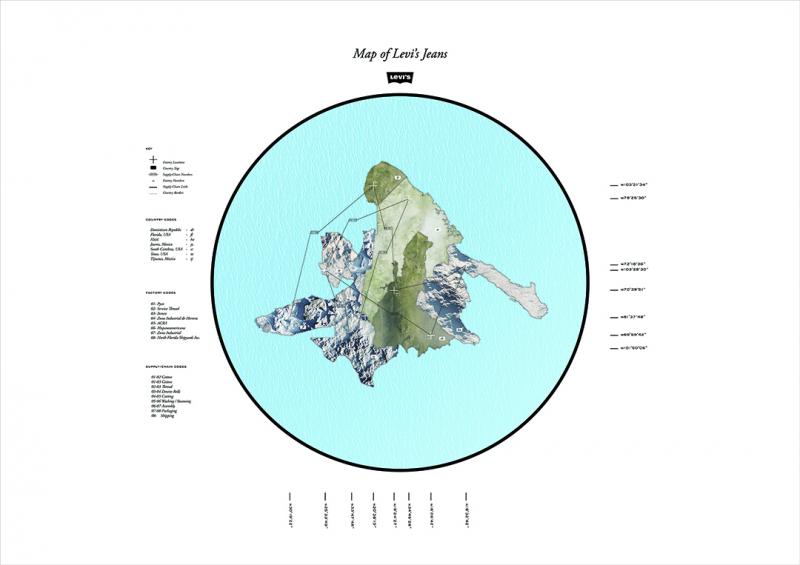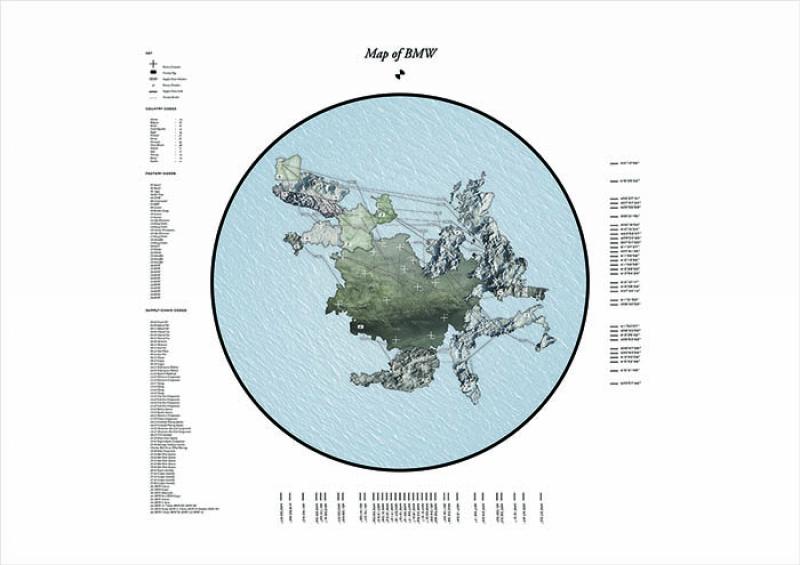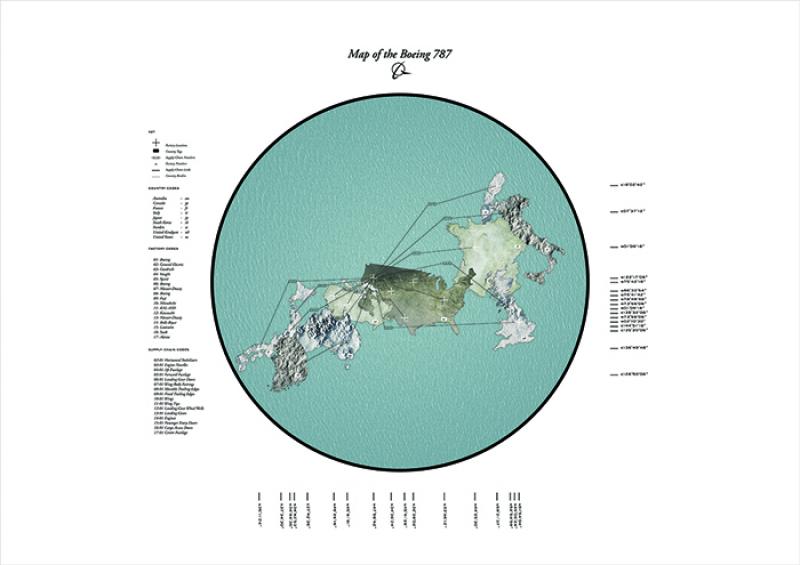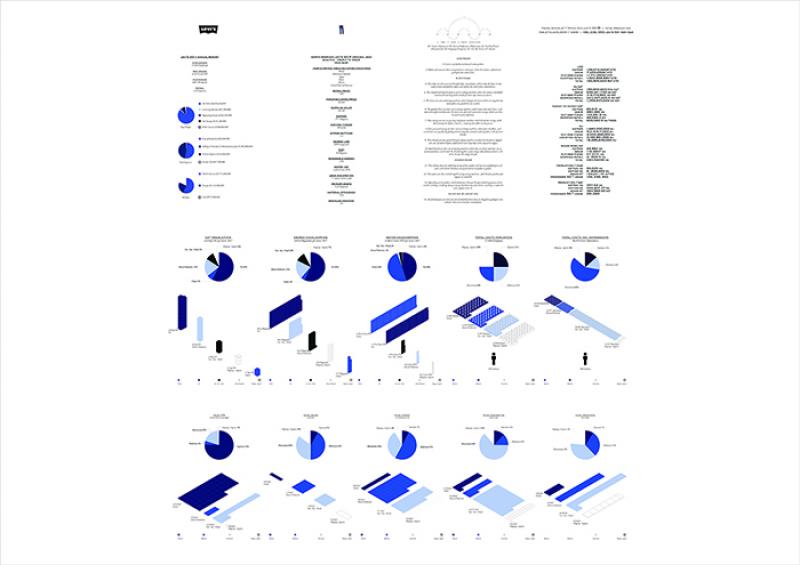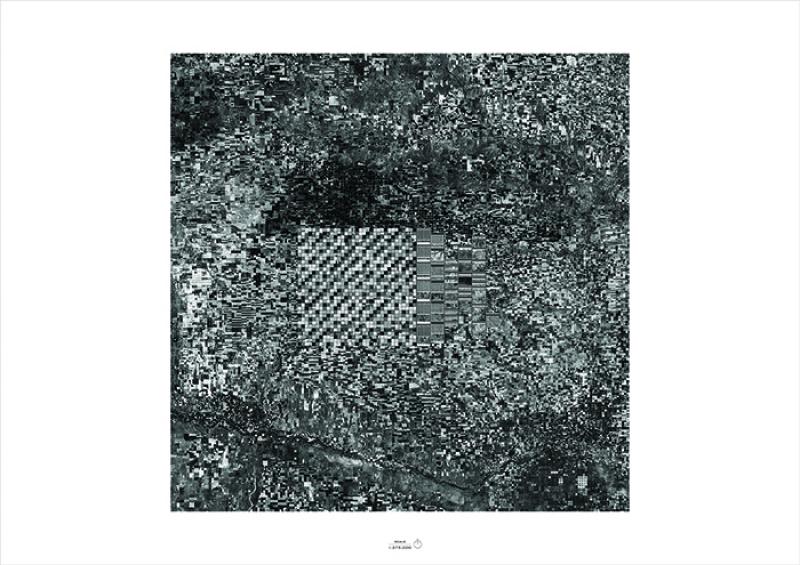The ‘Unknown Fields Division’ of Diploma 6 is a nomadic design studio that takes annual treks to the to explore peripheral landscapes, industrial ecologies and precarious wilderness. These landscapes – iconic, ignored, excavated, irradiated and pristine – are embedded in global systems that connect them in surprising and complicated ways to our everyday lives.
This year as the world of new-agers, mystics and psychonauts pilgrimage south, Unknown Fields journeyed with them to Central America to ponder the rise and fall of cities and civilisations, both ancient and modern, and to investigate the cultural and technological infrastructures that underpin them. These fallen empires leave infrastructural traces, evidence of their greatest dreams and fears. In this time of crisis, as the future again becomes a project and the Mayan long-count calendar starts anew, we have imagined what comes next.
As members of our Department of Irrational Logistics, Harry worked in the shadows of the megacity imagining the trail of a 3D-printed VW, from the raw material ports to the markets of inner-city Mexico, Stefan proposed an archipelago of season-free trade zones in landscape loopholes on the US-Mexican border, and Evan, as a consultant for Levis, suggested condensing the global supply chain of 501s into a single factory – the biggest building in human history. Tobias of our Finance and Speculations Division programmed an autonomous infrastructure of mobile server farms that drift along fibre optic cables and search for trading sites while Jack has rallied investors to fund a gold-plated residential tower that smuggles a social housing agenda into a skyline of wealth.
In our Laboratory for Instruments and Imagination, Artemis engineered a superstitious city of seismic instruments while Selim built a floating observatory to calibrate the edges of space. With our Simulated Botanies Group, Chapman subverted the cartel cocaine economy with a bioengineered coca seed, and Ling archived the DNA of an endangered Guatemalan rainforest in the digital landscapes of massive multiplayer games loaded on almost all the planet's machines.
Unit Masters
Liam Young
Kate Davies
Special Forces
Motion Designer Oliviu Lugojan-Ghenciu, Science Fiction Author Tim Maughan, Comic Illustrator Kristian Donaldson, Filmmaker Ilona Gaynor, Mexico Fixer Diego Trujillo, Photographer Carlos Alvarez Montero, Animator Jonathan Gales, Hacker Eleanor Saitta, the high-altitude research team at the Mexico Large Millimetre Telescope and the accommodating border guards at the Mexico, Guatemala and Belize border crossings.
Evan Saarinen
A pair of Levi’s 501® jeans intended for North American consumption will touch four continents, hear five languages, and travel half the circumference of the planet during its production lifecycle. As the third world has undergone significant development to its industrial sectors since the Second World War, global systems of manufacturing now almost wholly rely on these emerging industrial economies for their manufacturing capabilities. Global supply chains have already come to replace systems of localized production, and will continue to define what and how we produce deep into the twenty-first century. The internationalization of production has allowed corporations to reach scales unparalleled in world history. The project thus replicates the conditions latent in a truly international mode of production into a local and self-contained system of the same scale. An extensive examination of the Levi’s 501® global supply chain collapsed to a local level results in the largest building in world history.
